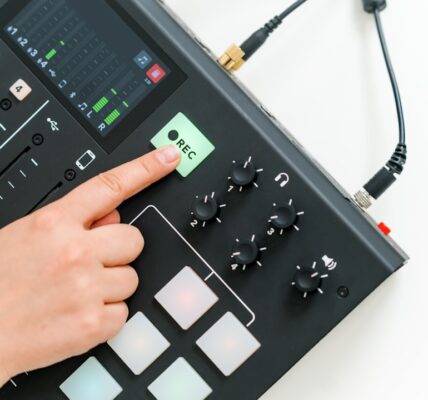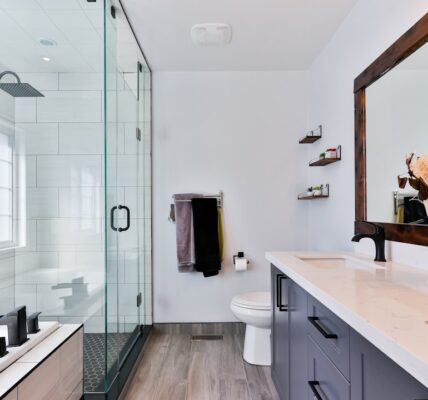Mold is a pervasive issue that can affect any indoor environment, thriving in damp, humid conditions. Its presence is not merely an aesthetic concern; it poses significant health risks to occupants. Mold spores can trigger allergic reactions, respiratory issues, and other health complications, particularly in vulnerable populations such as children, the elderly, and individuals with pre-existing health conditions.
The importance of mold remediation cannot be overstated, as it involves not only the removal of mold but also the identification and correction of the underlying moisture problems that allow mold to flourish. Moreover, mold can cause extensive damage to a property. It can weaken structural components, damage furnishings, and lead to costly repairs if left unaddressed.
The longer mold is allowed to grow, the more difficult and expensive it becomes to remediate. Therefore, understanding the importance of mold remediation is crucial for homeowners and property managers alike. It is not just about cleaning up visible mold; it is about ensuring a safe living environment and protecting the integrity of the property.
The Process of Mold Remediation
The process of mold remediation is systematic and typically involves several key steps to ensure thorough removal and prevention of future growth. Initially, a comprehensive assessment is conducted to identify the extent of the mold infestation. This often includes visual inspections and moisture assessments to pinpoint areas where mold is likely to thrive.
Professionals may use specialized equipment, such as moisture meters and thermal imaging cameras, to detect hidden mold growth behind walls or under flooring. Once the assessment is complete, containment measures are implemented to prevent the spread of mold spores during the remediation process. This may involve sealing off affected areas with plastic sheeting and using negative air pressure machines to filter out airborne spores.
Following containment, the actual removal of mold begins. This can involve scrubbing surfaces with specialized cleaning agents, removing contaminated materials such as drywall or carpeting, and employing techniques like HEPA vacuuming to capture microscopic spores. After removal, it is essential to address the moisture source that allowed mold to grow in the first place, whether it be a leaky roof, plumbing issues, or high humidity levels.
Choosing the Right Mold Remediation Pro

Selecting a qualified mold remediation professional is critical to ensuring effective treatment and prevention of future mold issues. When searching for a remediation expert, it is essential to consider their credentials and experience in the field. Look for professionals who are certified by recognized organizations such as the Institute of Inspection, Cleaning and Restoration Certification (IICRC) or the National Association of Mold Professionals (NAMP).
These certifications indicate that the individual has undergone rigorous training and adheres to industry standards. In addition to credentials, it is advisable to seek out reviews and testimonials from previous clients. A reputable mold remediation company should have a track record of successful projects and satisfied customers.
Furthermore, obtaining multiple quotes can provide insight into market rates and help gauge the professionalism of different companies. During consultations, ask about their remediation process, the types of products they use, and their approach to preventing future mold growth. A knowledgeable professional will be transparent about their methods and willing to answer any questions you may have.
The Benefits of Hiring a Professional
| Benefits | Description |
|---|---|
| Expertise | Professionals bring specialized knowledge and skills to the job. |
| Time-saving | Hiring a professional can save time and effort in completing tasks. |
| Quality | Professionals deliver high-quality work due to their experience and training. |
| Reliability | Professional services are reliable and can be trusted to deliver results. |
| Cost-effective | Despite the initial cost, hiring a professional can save money in the long run. |
Engaging a professional for mold remediation offers numerous advantages that go beyond mere convenience. One of the primary benefits is their expertise in identifying hidden mold growth that may not be immediately visible to the untrained eye. Professionals utilize advanced tools and techniques to detect moisture levels and assess potential problem areas within a property.
This thorough approach ensures that all mold is addressed, reducing the likelihood of recurrence. Additionally, professionals are equipped with specialized equipment designed for effective mold removal. This includes HEPA vacuums, air scrubbers, and personal protective equipment (PPE) that safeguard both the workers and the occupants of the home during the remediation process.
Attempting DIY mold removal can often lead to inadequate cleaning or even exacerbate the problem by releasing spores into the air. Professionals not only remove existing mold but also implement strategies to prevent future growth by addressing moisture issues and improving ventilation.
Common Mold Remediation Services in Baltimore
In Baltimore, various mold remediation services cater to both residential and commercial properties. These services typically include comprehensive inspections to assess mold presence and moisture levels throughout a building. Many companies offer free consultations where they evaluate the extent of the problem and provide recommendations for remediation.
Another common service is containment setup, which involves isolating affected areas to prevent cross-contamination during the removal process. This may include sealing off rooms with plastic sheeting and using air filtration systems to capture airborne spores. Following containment, professional cleaning services are employed to remove visible mold from surfaces using specialized cleaning agents that are effective yet safe for indoor use.
In addition to these core services, many Baltimore-based companies also provide post-remediation verification testing. This involves air quality testing after remediation has been completed to ensure that mold spore levels are within acceptable limits before reoccupying the space. This step is crucial for peace of mind, confirming that the remediation efforts were successful.
Tips for Preventing Mold Growth in Your Home

Preventing mold growth in your home requires proactive measures aimed at controlling moisture levels and maintaining good ventilation. One effective strategy is to regularly inspect areas prone to dampness, such as basements, bathrooms, and kitchens. Ensure that these areas are well-ventilated by using exhaust fans or opening windows when cooking or showering.
Additionally, consider using dehumidifiers in particularly humid spaces to keep moisture levels in check. Another important preventive measure is addressing leaks promptly. Whether it’s a dripping faucet or a leaky roof, any source of water intrusion should be repaired immediately to prevent mold from taking hold.
Regular maintenance checks on plumbing systems can help identify potential issues before they escalate into significant problems. Furthermore, consider using mold-resistant products when renovating or building your home. Mold-resistant drywall and paints contain additives that inhibit mold growth, providing an extra layer of protection against infestations.
Additionally, keeping your home clean by regularly dusting and vacuuming can help reduce organic materials that serve as food sources for mold spores. By implementing these preventive strategies alongside regular inspections and maintenance, homeowners can significantly reduce their risk of experiencing mold growth in their living spaces.




